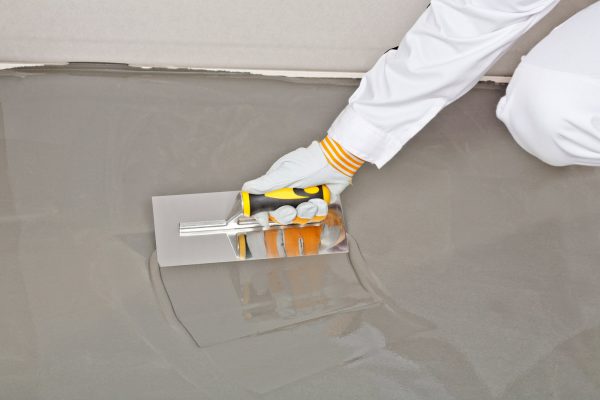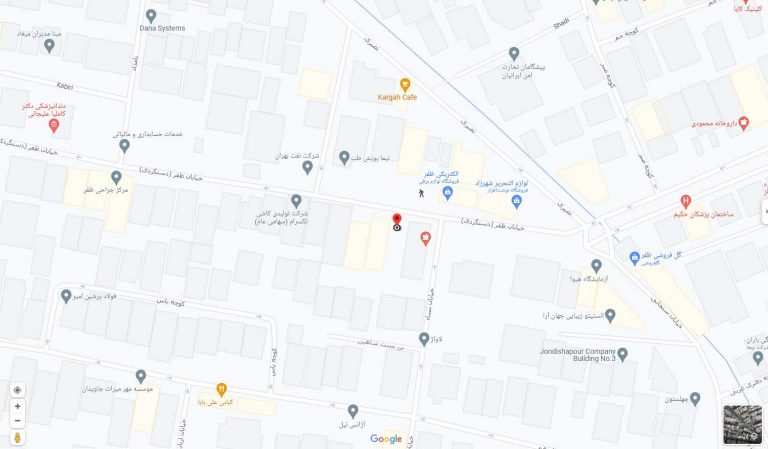Microcement in covering all types of walls and floors in interior decoration and facades of buildings has a waterproof property with high strength and unique beauty.
Micro-cement is a mineral-polymer composite with unique characteristics that make it ideal for use as a final decorative coating.
The total thickness of this coating is between 2 to 3 mm and due to its special properties, these materials can be used on floors, walls and facades of buildings. Also, due to its resistance to moisture, these materials can be used as the final layer in the floor and walls of the service and due to the integrated surface that it creates, it can be used as a minimal and attractive way for all types of spaces.
The Application of Microcement as a material can be used on almost any surface. Mosaic, stone, self-leveling materials, cement-based materials, gypsum, gypsum-leaf (knauf) and… are among these surfaces. Also, due to the variety of execution systems, Microcement can be used for the final coating of many items in the building, including stairs, washbasins, furniture made of MDF and..
This coating can be used seamlessly, without cracking in large dimensions, and different performances in the final layers will lead to different and beautiful textures at the end of the work.
Execution of Microcement requires trained and skilled manpower to ensure proper output and quality of work.
These materials are used specifically for reconstruction work because they do not require demolition and removal of the previous floor or wall and can be applied directly on the previous surfaces.
The advantages of Microcement are:
Variety of textures and colors
High abrasion resistance
Resistant to moisture and water
Sun resistant (for outdoor spaces and building facades)
Significant compressive strength
Ability to run in large dimensions and seamless
High elasticity
High strength against cracking
Special cleaning feature in case of dirt and contamination on it.
What materials are suitable as Microcement coating substructure?
Since the decorative coating of Microcement has an approximate thickness of 2 to 3 mm, the surface under the Microcement work should be smooth and without waves. In fact, the work form is not created in the Microcement coating and it is the Microcement subwork that creates its form. To bring it closer to the mind, Microcement is like a tile or ceramic glaze and its substructure is like a tile or ceramic biscuit.
Suitable materials for interior walls and service walls
Soft gypsum – Softened cement – Tile or ceramic – Knauf – Raw or coated MDF – Cement board – Fiber cement board – Aquaponel or other smooth materials. In terms of adhesion, these materials are so sticky that they also stick to glass.
Suitable materials for flooring
Mosaic, softened cement, ceramic, tile, stone, concrete, trowel, or any hard material with a smooth surface
Suitable materials for substructure in exterior
Cement board, fiber cement board, softened cementing, aqua panel, stone and ceramic (for reconstruction projects)
Using Microcement in the bathroom – yes or no?
The application of Microcement is basically known as a water-resistant decorative coating. The volume absorption percentage of less than 0.2% in 48 hours has made these materials also known as a waterproofing according to the European Surface Protection Regulation (EN1504-2).
Therefore, using it as a final layer in the bathroom, in addition to not causing a problem, but if there is a problem in the main waterproofing of the bathroom or bath, these materials can play a good role as a new layer of waterproofing.
In new buildings, it is recommended to use a layer of waterproofing in addition to Microcement in the substructure for more security, so that in case of perforation of Microcement, the underlying layer will play the role of insulation.
Another point to consider about Microcement is that these materials should and may have resistance to common detergents in buildings with a pH of about 5 to 11. Of course, we at Hayka will soon publish a list of safe detergents for these materials on our site and catalog based on detailed tests. It should be noted that these materials, like all floor coverings and wall coverings, have a certain resistance to abrasion and impact, and since it is a coating, considerations such as placing sharp objects such as stools without rubber bases should be considered in using it.


